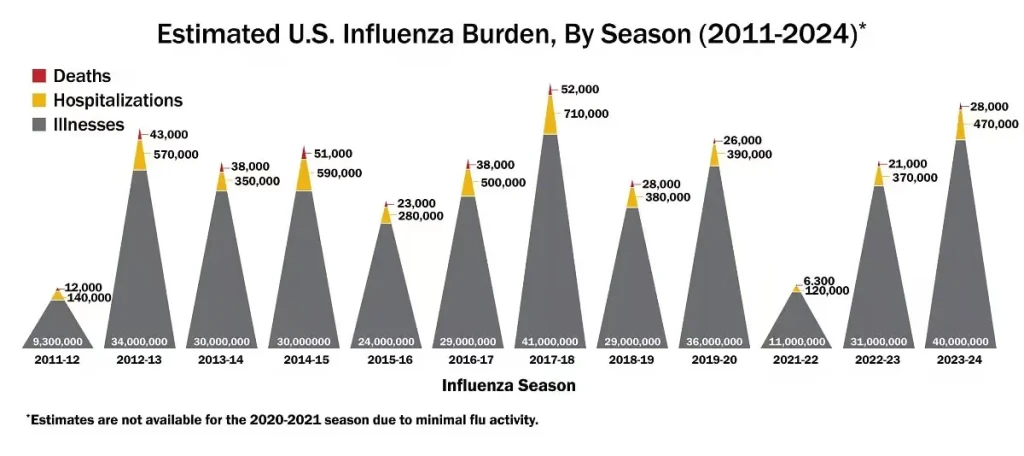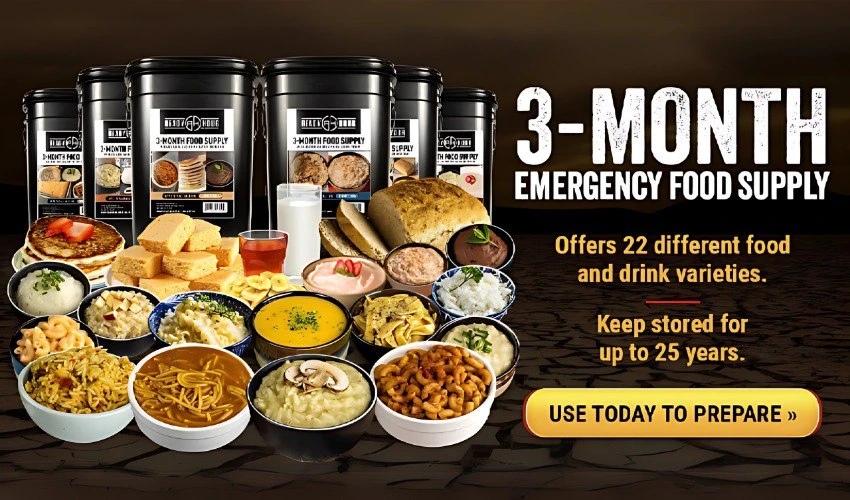Dear US Centres for Disease Control and Prevention
We have shown how you have consistently exaggerated the threat from influenza, which you inconsistently labelled “flu” or “influenza” as your needs changed to suit your aims, and confusion was needed.

Estimates of the burden were so inflated that even senior officials in the Biden administration warned you, but you refused to budge. On 23 October 2024, we pointed out that “A Fauci Senior Advisor admits that the CDC’s data is “Shockingly Messed Up” and that leaders have “Serious issues.”
The Informed Consent Action Network (ICAN) published private email correspondence, which laid bare the extent of the deception, showing that tens of thousands of yearly deaths in the US were derived from a complicated algorithm based on models.

Estimates for flu-related deaths were wrong and known to be incorrect, but the mutual Kevlar society continued to mislead the public.

When notified of the errors, the CDC refused to fix them.

We previously explained how inflating the burden of influenza is in the interest of governments, industry, and academia.
You have also consistently promoted costly and harmful interventions such as antivirals, refusing for years to come clean on how you made your decisions. We also know you took money directly from Roche to fund your “take three” campaign.
We don’t know why you have done all this; perhaps it is a combination of ignorance, politics, greed, and other factors. However, you should be ashamed, as you are supposed to be public servants. We have always found your actions strange. We know you have some outstanding scientists in your organisation, but presumably, you have locked them in a cupboard to prevent them from upsetting the apple cart.
We believe you now know your time is up. Presumably, you are busy removing evidence from your websites. If so, don’t bother; we have downloaded and copied all the influenza materials, or Kompromat, as the Russians call them.
You will not be able to hide the scores of observational studies and models used to support your policies, which were not supported by hard clinical trial evidence, making you an easy target.
Who knows how many more machinations your funders, the US public, know nothing about are backstage. Presumably, we are about to find out.
Enjoy the ride.
This post was written by two old geezers who do not believe a word of what the US CDC had reported on influenza for decades and, more recently, for Covid.
Republished from the author’s Substack
Published under a Creative Commons Attribution 4.0 International License
For reprints, please set the canonical link back to the original Brownstone Institute Article and Author.





